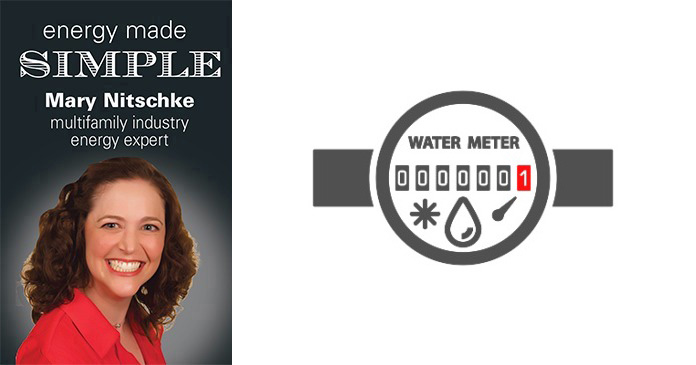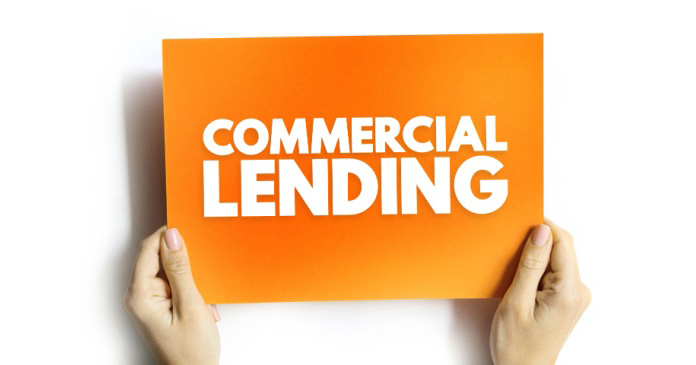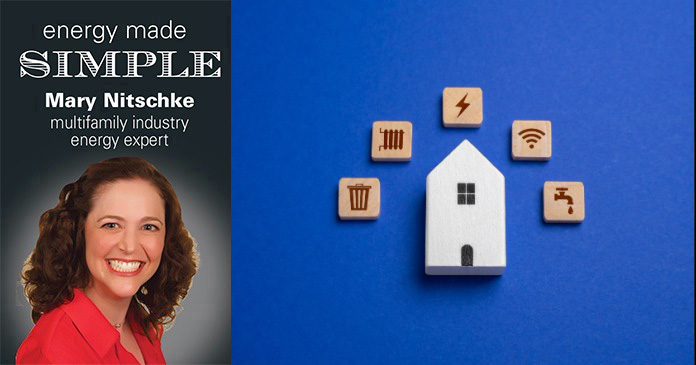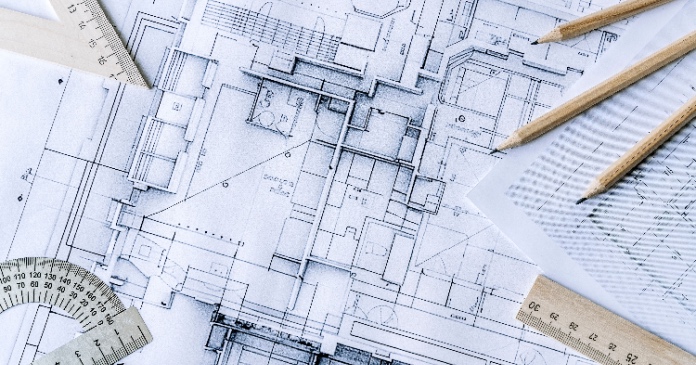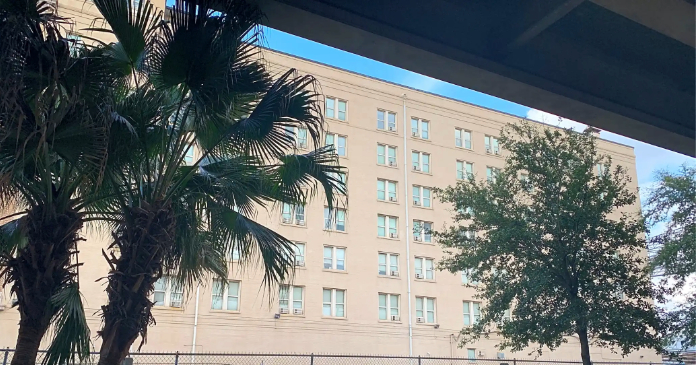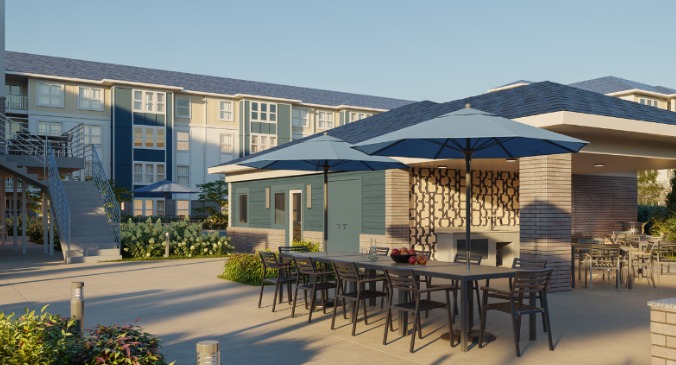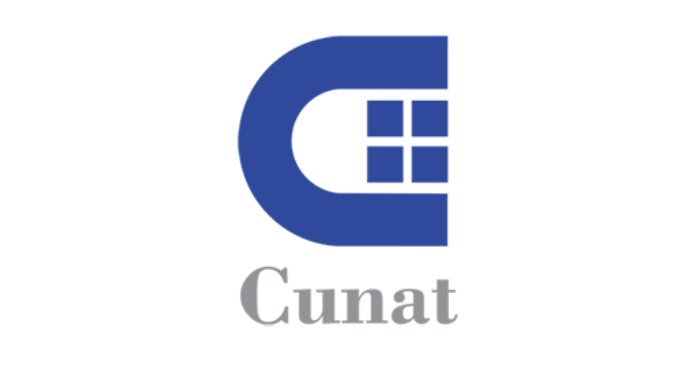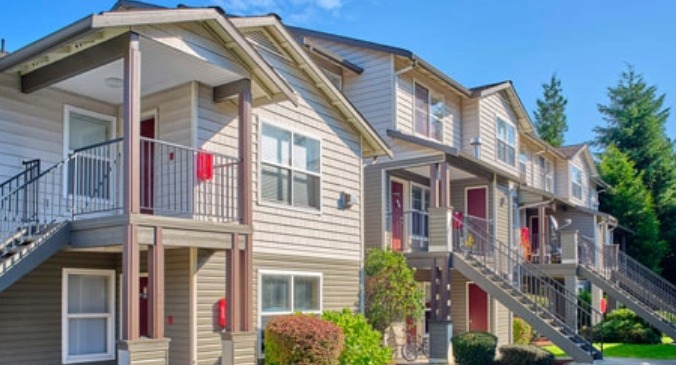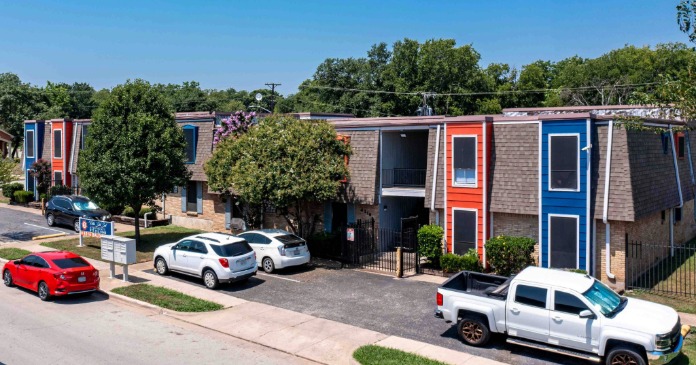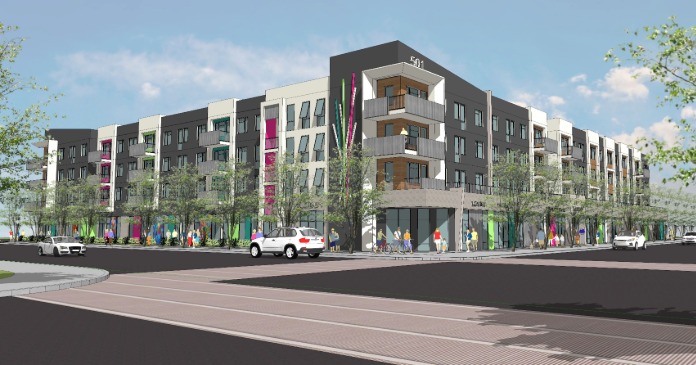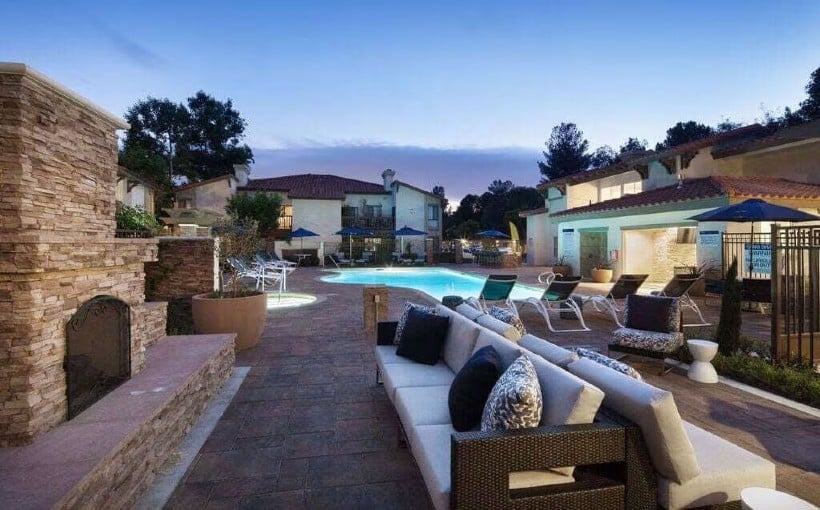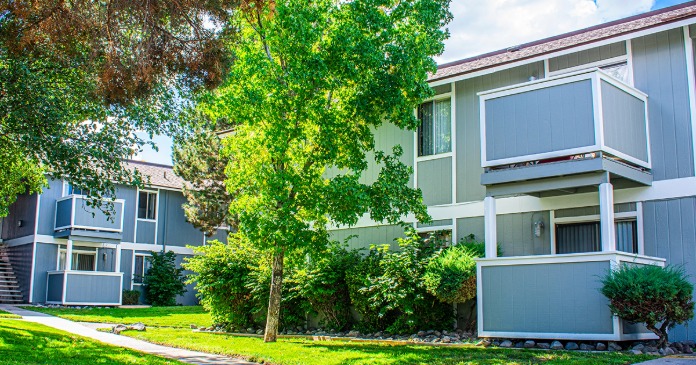I like using the full gamut of the English language, but not always correctly. One of my favorite things to say (and I think a handful of you have heard me say it) is “Water You Doing?” When I say it, I never get a laugh, which makes it all the funnier to me. As we continue down our RUBS slip and slide of things to watch out for, let’s talk about the pitfalls of water billback.
Fun historical fact: the origin of all RUBS programs is water conservation. Back in the 1990’s, in response to rising water costs, one property management company began billing water through submetering to increase visibility into personal water consumption and to promote conservation. It worked, and to this day properties that have submetering see lower consumption per unit compared to those who don’t.
Today, water is billed using submetering, RUBS or flat fee, with RUBS and submetering being the most common. Let’s talk about the things to watch out for with water billing using RUBS and submetering.
Best practices with submetering:
- Since submetering provides the residents with the exact calculation of usage times rate to equal the charge, it is best to understand what can go into the “rate.” If you only bill the exact rate per gallon on the water bill, you might be leaving money on the table in the form of taxes and fees that could be included in the allocation. Your billback provider should be able to research each line item for you to determine if it could be included in a blended rate formula.
- Ensure your submeters are measuring correctly. If you have a unit with a consistently super low water charge compared to all other units in your property, chances are the submeter needs to be evaluated and possibility replaced.
- Evaluate your property expenses against your recovery. I had an entire property where the submetering system was old enough that none the meters were measuring properly when the property was acquired. A quick review of the expense versus recovery data, plus seeing that the average water charge was $2.00, told me everything I needed to know about the state of the submeters.
- Repair broken meters promptly. Chances are that if it’s broken, you are not billing. It is easy to lose track of how long something is down when not promptly addressed. The payback period on repair costs is typically less than a few months and a repair is MUCH less risky from a lost revenue perspective.
You might be thinking at this point that a RUBS allocation is the easier way to go (AKA less equipment to fail). However, there are also some noteworthy things to look out for with RUBS and your water expenses.
- Check that the jurisdiction permits a RUBS allocation. If they do, is there anything you need to know about what you can and cannot do before setting up? Some markets only allow a submetered billback of water.
- Make sure all the appropriate water accounts are included in the allocation. In some cases, irrigation meters are not to be included in the allocation. You need to know if this is true for your locality and identify your irrigation meters for exclusion from the allocation.
- As a side note, depending on the style of the property (garden style, podium, etc.), if you cannot include the irrigation meters in the allocation, this is a great time to use your billable expense versus billed amounts to assess your recovery rate. Otherwise, your recovery rate could be incredibly out of whack.
- Regularly check to ensure that all appropriate accounts are in the allocation. Sometimes, for no discernable reason, the water account number changes. In some instances, when that occurs the new account is omitted from the allocation and expense is left on the table.
- Make sure your occupancy counts are correct. If your RUBS formula is wholly or partially based on the number of occupants, it is important to validate that this number is correct. I have seen units with two adults signing the lease but with zero occupants loaded into the property management system (PMS) system for that unit. Since the billback providers pull information directly from the PMS and base the allocation on that information, it is important to make sure that the data it contains is correct.
So, water you doing for your billback program? I am hoping there is enough information here to help you rapidly become an expert in your water billback program.


